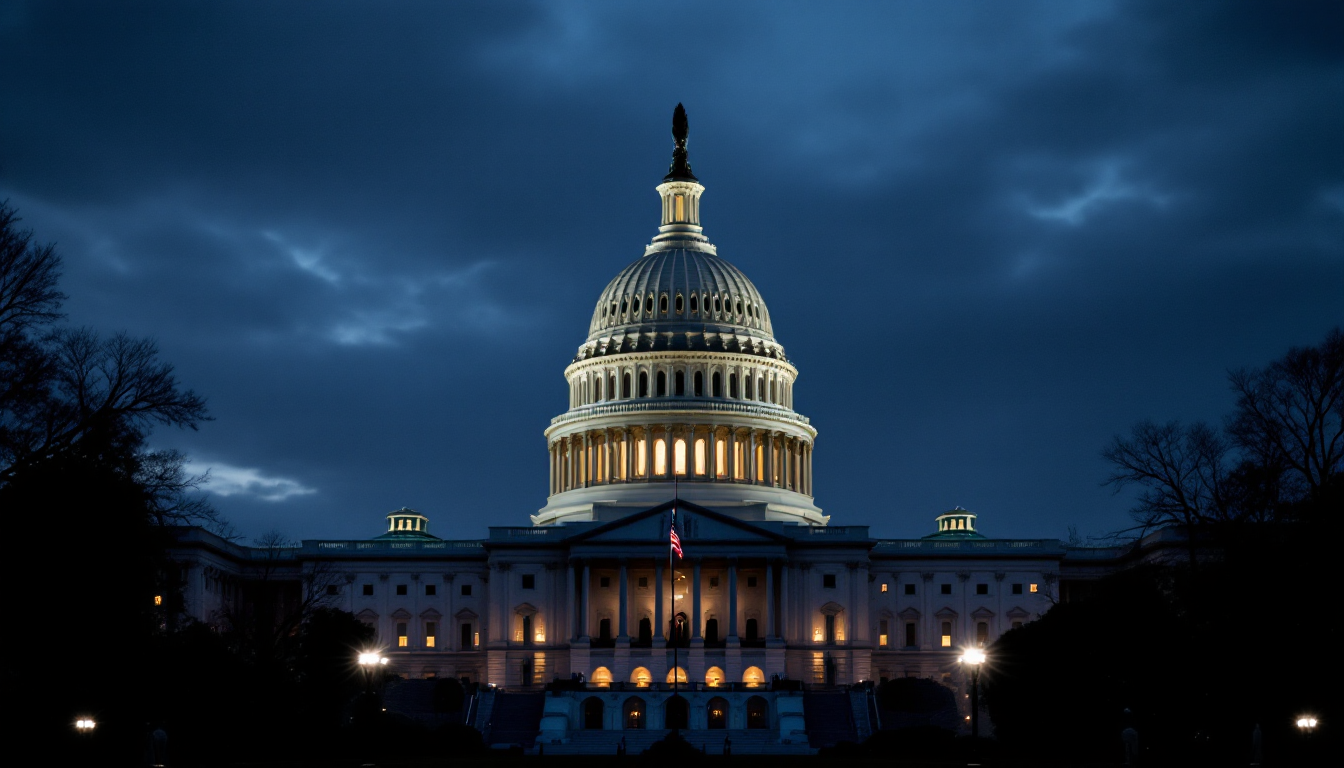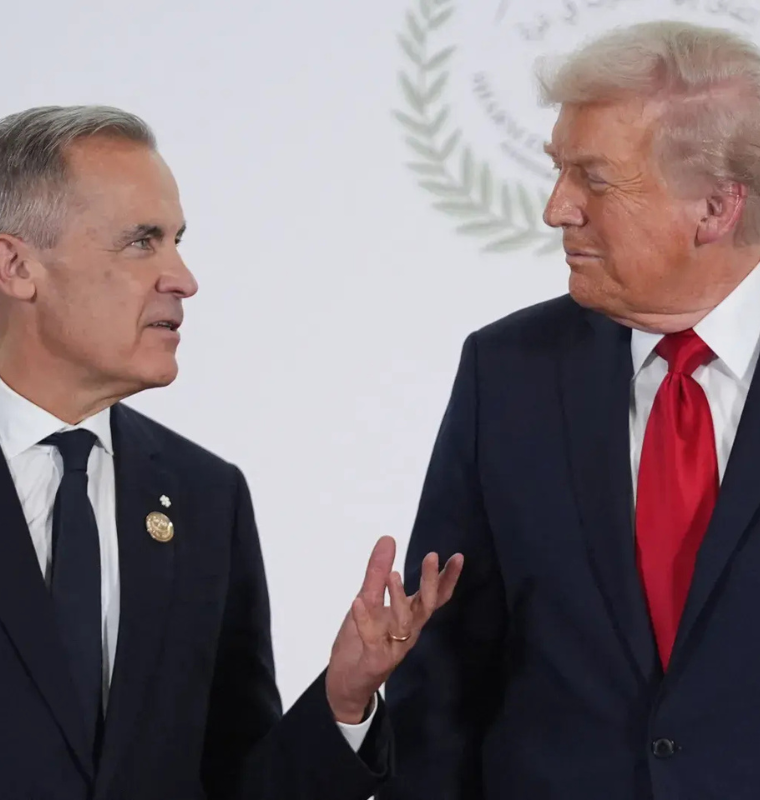U.S. Government Shutdown Chokes Nonprofit Funding, Threatening Essential Community Services
By
Last updated:
October 27, 2025
First Published:
October 27, 2025

The ongoing U.S. government shutdown — now the second-longest in American history — is crippling nonprofit organizations nationwide, cutting off vital federal funding streams just as more Americans are turning to them for help.
With hundreds of thousands of federal employees and contractors furloughed or working without pay, local charities and nonprofits are facing a surge in demand for housing, food, and healthcare assistance — even as their own financial support dries up.
“The longer this shutdown lasts, the more people and communities are left without the critical services they depend on,” said Diane Yentel, president and CEO of the National Council of Nonprofits. “Nonprofits are on the frontlines, but this situation is making it nearly impossible for them to fulfill their missions.”
Nonprofits Grapple with Freezes, Unpaid Staff, and Unmet Needs
Across the country, organizations that rely on federal grants are being forced to pause or scale back operations. The Disability Awareness Council in Chapel Hill, North Carolina, which assists hundreds of residents with disabilities through transportation, housing advocacy, and accessibility programs, has been hit especially hard.
“Because of the shutdown and funding cuts, essential disability services people rely on every week are either paused, reduced, or running with unpaid labor,” said Timothy Miles, the council’s director and board liaison.
Miles said his seven-member team continues to serve the community as best they can, but many programs are “on hold indefinitely” as the group awaits delayed government reimbursements. “We’re waiting on federal funds, but there’s no one to even contact in the agencies,” he said.
The Funding Breakdown: How Deep the Cuts Go
Nonprofits play a massive role in the U.S. economy — employing over 12 million workers and contributing nearly 5.6% to GDP. But many depend heavily on federal grants to function. According to the Urban Institute, the average nonprofit receives about 28% of its revenue from government sources, and between 60% and 80% of nonprofits would not be able to meet expenses if that funding disappeared.
This shutdown has created exactly that scenario. With government appropriations frozen, nonprofits are not receiving new grants, renewals, or approvals. “For those nonprofits that were waiting to get their grant renewed or need approval, there’s no one there,” said Sarah Saadian, senior vice president of public policy at the National Council of Nonprofits.
The ripple effects go beyond delayed payments. Many organizations have been forced to furlough employees, halt community programs, and even rely on volunteers to fill essential roles.
Growing Strain on Communities
The shutdown’s effects extend to federal assistance programs like the Supplemental Nutrition Assistance Program (SNAP), which now faces potential disruptions. That’s placing additional pressure on food banks and community aid groups already running at full capacity.
In some cities, food pantries report a 30% increase in demand since the shutdown began, while homeless shelters and health outreach programs are seeing record numbers of new requests for support.
The National Council of Nonprofits warns that even a few more weeks of halted funding could permanently close smaller organizations that lack emergency reserves.
The Risk of Long-Term Damage
Experts say the longer the shutdown lasts, the deeper the damage will be. Nonprofits that lay off staff or suspend programs may struggle to recover once federal funding resumes. “Once those organizations suffer those kinds of impacts, there can be real long-term consequences,” Saadian explained. “They lose that infrastructure, they lose their staff, and rebuilding takes months — even years.”
Many community leaders fear that even after the government reopens, the aftershocks could linger. Restarting halted programs often involves renegotiating contracts, rehiring staff, and regaining community trust — processes that consume both time and money.
“The real cost of this shutdown isn’t just measured in dollars,” said Miles. “It’s measured in the people who go without housing help, without food, without transportation. These are lives put on hold while politics play out in Washington.”
As policymakers in D.C. continue to debate federal budgets and spending priorities, millions of Americans are left waiting — and for many nonprofits, time is quickly running out.
Popular articles
Subscribe to unlock premium content
Why Urban Beekeeping Is Becoming a Multi-Million-Dollar Eco Trend

How Allbirds Turned Wool Sneakers Into a Global Sustainability Trend

The Economics of Renting Hypercars to Tourists in Monaco

Why Urban Beekeeping Is Becoming a Multi-Million-Dollar Eco Trend

How Allbirds Turned Wool Sneakers Into a Global Sustainability Trend

Why Urban Beekeeping Is Becoming a Multi-Million-Dollar Eco Trend









